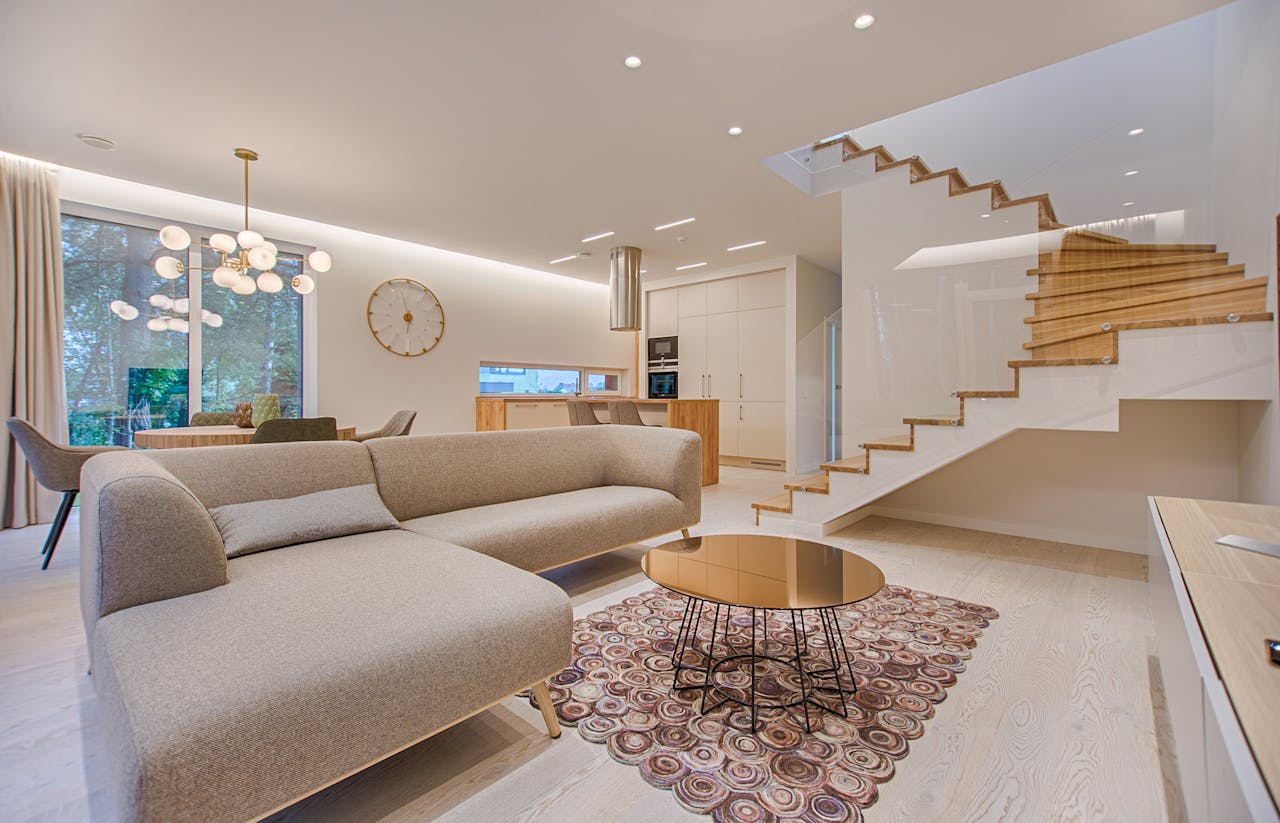Embarking on a career in interior design is an exciting journey that blends artistic expression with practical application, making it a unique and fulfilling profession. This field not only allows for the exploration of creativity and personal style but also demands a solid grasp of technical skills and an understanding of spatial environments to create functional and aesthetically pleasing spaces.
Whether you’re drawn to the allure of transforming homes, commercial spaces, or specialized areas like hospitality design, interior design offers diverse opportunities to leave your mark on the world. Becoming a successful interior designer involves education, skill development, and cultivating a robust professional network.
As we delve into the intricacies of starting a creative career in interior design, this guide will provide you with the foundational knowledge, practical advice, and inspiration needed to navigate the industry confidently. From mastering the basics of design principles to launching your own business, the journey ahead involves discovery, innovation, and endless possibilities.
Understanding the Basics of Interior Design
At the heart of a successful career in interior design lies a deep understanding of the basics, a foundation that informs every decision, from the layout of a room to the choice of fabrics and finishes.
Core design principles such as balance, harmony, rhythm, and contrast guide the creation of beautiful but also functional and welcoming spaces. Knowledge of color theory is essential for setting the mood and tone of a space and influencing perceptions and emotions with strategic choices. Space planning ensures that each area is used efficiently and effectively, enhancing the flow and utility of environments.
Additionally, a keen eye for lighting design can transform the ambiance of a room, highlighting key features and improving the overall aesthetic. Mastery of these fundamentals and understanding the latest materials and sustainable practices equip aspiring interior designers with the tools needed to start crafting meaningful and memorable spaces.
Acquiring the Necessary Education and Skills
Embarking on a career in interior design requires a blend of formal education and hands-on skills that lay the groundwork for professional success. Pursuing a degree or certificate in interior design from an accredited institution provides a comprehensive understanding of design principles, history, and the technical skills needed for today’s industry.
When starting a creative career in interior design, you need to have several skills as a professional. Continuous learning through workshops, online courses, and industry seminars can keep skills sharp and up-to-date with the latest trends and technologies.
As much as some institutions offer to train new designers, a degree is essential for foundational knowledge. To get started, you must enroll in one of the best schools to become an interior designer. These programs often include materials, construction methods, and environmental sustainability courses, ensuring graduates are well-versed in all aspects of the field.
Develop Soft Skills
Strong communication and interpersonal skills are essential for working with clients, contractors, and suppliers. Being able to understand and translate a client’s vision into a tangible design is key. Projects rarely go exactly as planned. Being able to creatively solve problems and adapt to changes is crucial.
Build a Strong Portfolio
A strong portfolio showcasing your best work is crucial. Include a variety of projects that demonstrate your range of skills, from conceptual sketches to finished spaces. Include before-and-after shots, mood boards, and CAD drawings. In today’s digital age, having an online portfolio is essential. Consider building a professional website or utilizing social media platforms to showcase your work.
Gaining Experience
Gaining practical experience is a pivotal step in forging a successful career in interior design, as it allows aspiring designers to apply theoretical knowledge in real-world settings, hone their skills, and build a professional portfolio.
Internships and apprenticeships with established design firms offer invaluable opportunities to work under the guidance of experienced professionals, learn the intricacies of project management, and understand client relationships firsthand. You can seek an internship with a reputable organization. Freelance projects, although challenging, provide a platform for emerging designers to showcase their creativity, adaptability, and problem-solving skills, often leading to word-of-mouth referrals and a growing client base.
Participating in design competitions and community projects bolsters a designer’s portfolio and enhances their reputation within the industry. Each of these experiences contributes to a deeper understanding of the design process, from conceptualization to execution, and plays a crucial role in building the confidence and competence needed to navigate the complexities of the interior design profession.
Building Your Professional Network
Building a robust professional network is essential in the interior design industry, where connections can lead to new projects, collaborations, and insights into emerging trends. Effective networking involves more than just exchanging business cards; it’s about cultivating meaningful relationships with peers, mentors, suppliers, and potential clients.
Engaging with the design community through social media platforms, attending industry events, and joining professional associations can significantly expand your circle of influence. By actively contributing to discussions and sharing your work, you can establish yourself as a knowledgeable and reliable professional in the field, opening doors to opportunities that might otherwise remain inaccessible.
Launching Your Career
Launching your career in interior design is both exhilarating and daunting, marking the transition from aspiring designer to professional. This journey begins with a clear plan that includes setting career goals, identifying your target market, and establishing your brand identity.
Whether you join a firm or start your own business, understanding the fundamentals of marketing, client relations, and financial management is crucial. Creating a compelling online presence through a professional website and active social media profiles can attract potential clients and showcase your portfolio. Remember, resilience and adaptability are key; every project, whether a success or a learning experience, brings you one step closer to achieving your professional aspirations.
Finding Your Niche
In the diverse world of interior design, finding your niche allows you to focus on a specific market or style, distinguishing yourself from competitors and catering to a targeted clientele. This specialization can be based on a particular design style, such as minimalist or sustainable design, or a specific sector, like residential, commercial, or hospitality design.
Specializing makes your marketing efforts more straightforward and helps you become an expert in your chosen area, leading to higher client satisfaction and referral rates. As you gain experience and confidence, your niche can evolve, reflecting your personal growth and changes in market trends.
Marketing Yourself and Your Work
In the competitive interior design landscape, effectively marketing yourself and your work is crucial to standing out and attracting clients. This involves showcasing your design projects and conveying your unique design philosophy, process, and the value you bring to every space.
Social media platforms like Instagram and Pinterest are invaluable tools for reaching potential clients, sharing your design process, and establishing your brand identity. Networking events and speaking engagements also provide platforms to connect with peers and potential clients face-to-face, allowing your passion and expertise to shine.
Staying Ahead in the Industry
To maintain relevance and success in the fast-paced world of interior design, professionals must be proactive in staying ahead of industry trends, technological advancements, and changing client preferences.
Staying informed about the latest design software and tools can also enhance the efficiency and quality of your work, enabling you to offer innovative solutions to clients. Embracing innovation, being open to new ideas, and committing to lifelong learning are vital strategies for staying ahead in the industry and ensuring your design practice remains vibrant, relevant, and in demand.
Key Takeaways
Interior design is an exciting field that allows professionals to combine business acumen with creative skills essential for designing functional spaces while interacting with clients. The industry is growing, allowing interested individuals to consider a career in interior design. The industry is quite competitive. Therefore, acquiring extensive knowledge and skills is crucial to make you stand out in the job market.
“Mr Naseem, CEO of an Interior Fit out company.”


